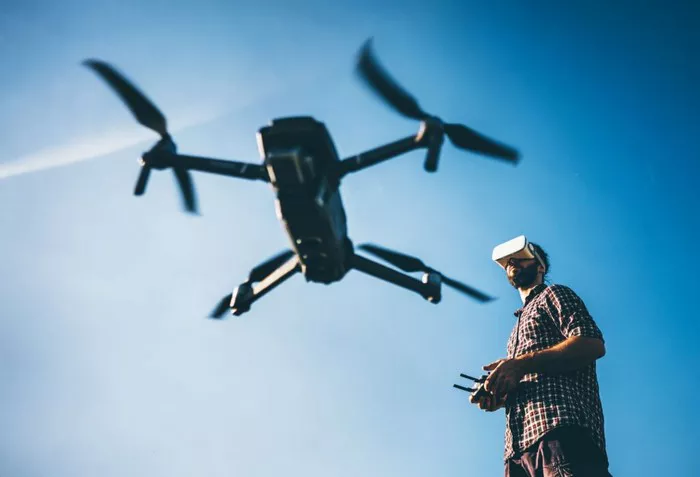Britain announced on Monday a sweeping shift in its defense strategy to tackle rising threats from Russia, nuclear risks, and cyber-attacks. Rather than expanding the army significantly, the government plans to invest heavily in drones and digital warfare technologies.
In response to U.S. President Donald Trump’s call for Europe to take greater responsibility for its own security, Prime Minister Keir Starmer pledged the largest sustained increase in British defense spending since the Cold War’s end.
With constrained finances, the government aims to enhance the lethality of its armed forces rather than their size, drawing lessons from the conflict in Ukraine where drones and technology have revolutionized the battlefield.
“Drones now kill more people than traditional artillery in the war in Ukraine, and whoever equips their forces with new technology fastest will gain the advantage,” said Defence Secretary John Healey. He emphasized that adversaries are collaborating more closely and technology is reshaping modern warfare.
Shortly after his election in July, Starmer commissioned a Strategic Defence Review (SDR) led by experts including former NATO chief George Robertson and Fiona Hill, a former Russia adviser to the White House, to devise a plan for Britain’s military over the next decade.
Despite budget cuts in recent years, the UK remains one of Europe’s top military powers alongside France. Its forces protect NATO’s eastern flank and maintain a naval presence in the Indo-Pacific. However, with just 70,860 full-time trained soldiers—the smallest since the Napoleonic era—the government acknowledges the need to modernize in the face of growing strategic challenges.
Opposition Conservative defense policy chief James Cartlidge criticized the government for not demonstrating how it will fund the review’s proposals, calling it “an empty wish list.” He also faulted the government for releasing the review to the media before Parliament.
Meanwhile, BAE Systems, Britain’s largest defense contractor, welcomed the review, describing it as a “clear demand signal” for investment and technology development in the defense sector.
A New Era in Defense
Under the government-approved plan, the UK will expand its fleet of nuclear-powered attack submarines equipped with conventional weapons. It will invest £15 billion ($20.3 billion) by the next election, expected in 2029, to replace nuclear warheads on its primary nuclear fleet.
The strategy includes building at least six new munitions factories, acquiring up to 7,000 domestically produced long-range weapons, and launching advanced battlefield communication systems.
A new Cyber and Electromagnetic Command will oversee both offensive and defensive cyber operations, responding to over 90,000 “sub-threshold” cyberattacks on British military networks in the past two years.
While the review emphasizes technology, it does not plan to reduce troop numbers. Instead, the total number of full-time soldiers is expected to increase to 76,000 during the next parliament, likely after 2029.
Starmer told workers at BAE Systems’ Govan shipyard in Scotland, “The moment has arrived to transform how we defend ourselves. We will end the hollowing out of our armed forces.” He stressed the need to be ready against threats from states with advanced military capabilities.
The Prime Minister has pledged to raise defense spending to 2.5% of GDP by 2027, up from the current 2.3%. However, critics have called for a clear timeline to reach 3% of GDP.
NATO Secretary General Mark Rutte has urged member countries to increase defense budgets to 3.5% of GDP, plus an additional 1.5% on related security expenses, to meet a combined target of 5% set by Trump.
Starmer expressed confidence that the UK would achieve 3% defense spending within the next parliament, between 2029 and 2034, a goal factored into the review’s recommendations.
The government reaffirmed its “NATO first” policy, underscoring reliance on the alliance’s collective strength to avoid fighting alone.
Starmer has also framed higher defense spending as a driver of job creation and economic growth, amid tight public finances, slow economic expansion, and waning political popularity.

